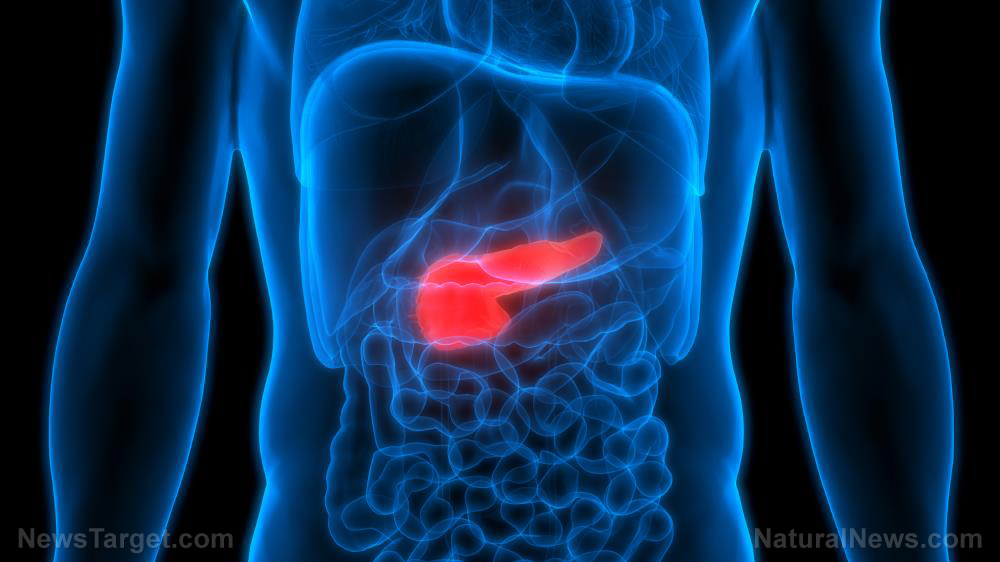
Beginning 2008, the researchers behind the study kept track of 13,720 patients in southern Sweden. All of the patients, whose ages ranged from 18 to 97, had been newly diagnosed with diabetes. They were able to come up with six variables based on their health data analyses: Age, body mass index (BMI), beta-cell antibodies, metabolic control levels, beta-cell function, and insulin resistance.
From here, the researchers identified five clusters of diabetes:
- Severe autoimmune diabetes (SAID): Type 1 diabetes and latent autoimmune diabetes in adults (LADA) fall under this category. The characteristics of this cluster include the onset of diabetes at a young age, reduced insulin production, low metabolic control, and the appearance of glutamic acid decarboxylase autoantibodies (GADA).
- Severe insulin-deficient diabetes (SIDD): People in this group are distinguished by their elevated glycated haemoglobin (HbA1C), moderate insulin resistance, poor insulin secretion, and the highest occurrence of retinopathy out of the other clusters.
- Severe insulin-resistant diabetes (SIRD): Obesity and severe insulin resistance are the defining characteristics of this subtype. Those considered part of this group were notable for having the greatest incidence of kidney damage.
- Mild obesity-related diabetes (MOD): This subtype is comprised mostly of obese patients diagnosed with diabetes during their early years.
- Mild age-related diabetes (MARD): Nearly 40 percent of the patients were grouped into this category, making the largest of the five subtypes. According to the researchers, almost all of the patients with MARD were of older age.
They repeated their analyses three more times. One of the following studies, which was carried out using Finnish patients, yielded slightly different results but were still noted as positive. "The outcome exceeded our expectations and highly corresponded with the analysis from [All New Diabetics In Scania]. The only difference was that Group 5 was larger in Finland than in Skåne. The disease progression was remarkably similar in both groups," said Leif Groop, study author and principal investigator at Diabetes and Endocrinology at Lund University.
Though the study has so far been limited in scope (having focused exclusively on Scandinavians), Groop and his colleagues have stated that they intend to broaden future studies to include other ethnic groups. As is, their findings hold immense potential for the tens of millions of people struggling with diabetes.
"The longer the study is running, the more and better data we’ll get," said study co-author and Lund University assistant researcher Emma Ahlqvist. "This will give us even better opportunities to tailor the treatment to each individual."
The biggest problem that comes with treating diabetes is that, many times, a doctor may give an incorrect diagnosis. This could then lead to a patient being forced to undergo treatments that may not have been needed in the first place. Diabetic patients falling under SIRD have the most to gain from the new subtypes since, as per Groop, they’re the ones who tend to be the "most incorrectly treated." (Related: Are Your Prescriptions Killing You? 5 Juices Recipe That Reverse Type 2 Diabetes.)
However, if and when these new subtypes become the norm, the chances of misdiagnosis may be slim to none.
Visit DiabtesScienceNews.com to remain updated on any future developments about this story.
Sources include:
Please contact us for more information.


















